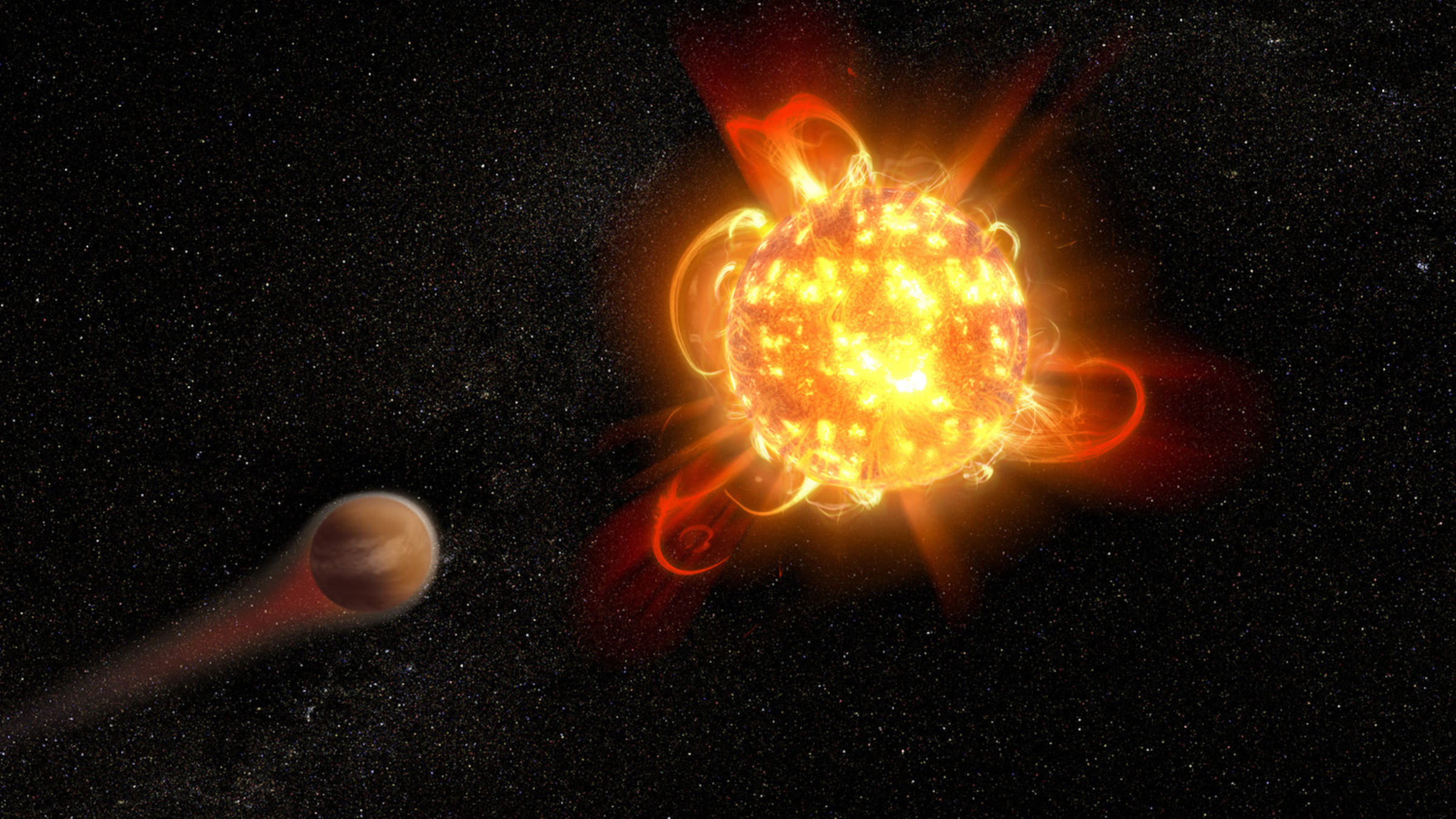

AU Mic is one of the closest (∼9.7 pc), brightest, and most prolific flaring M-dwarf stars known—stars smaller and cooler than our Sun, but that are capable of launching massive stellar flares. AU Mic averages 6–10 low-energy X-ray flares per day and ∼2.3 high-energy X-ray-detectable events per day. NuSTAR received a Director's Discrentionary Time request to observe this star in order to address how a host star’s high-energy X-ray output—specifically stellar flares—drives exoplanet atmospheric escape and thus habitability. This is significant because not only is this a novel science topic for NuSTAR, but it was submitted by a summer undergraduate research fellow undertaking his project in the high-energy astrophysics group at Caltech, making him the first undergrad to be the primary investigator (PI) of a NuSTAR observation. The PI hopes to use the NuSTAR data to directly measure the broadband high-energy X-ray fluence of these flares—a critical metric for quantifying the total energy deposition into a planet’s upper atmosphere. This measurement is essential because the Neupert effect implies that only ∼35% of low-energy X-ray flares yield a measurable high-energy X-ray peak, and the ratio of high-energy to low-energy emission varies from flare to flare, so the fluence cannot be inferred reliably from low-energy X-ray data or past statistics alone.
Authors: Murray Brightman (NuSTAR Operations Scientist, Caltech)